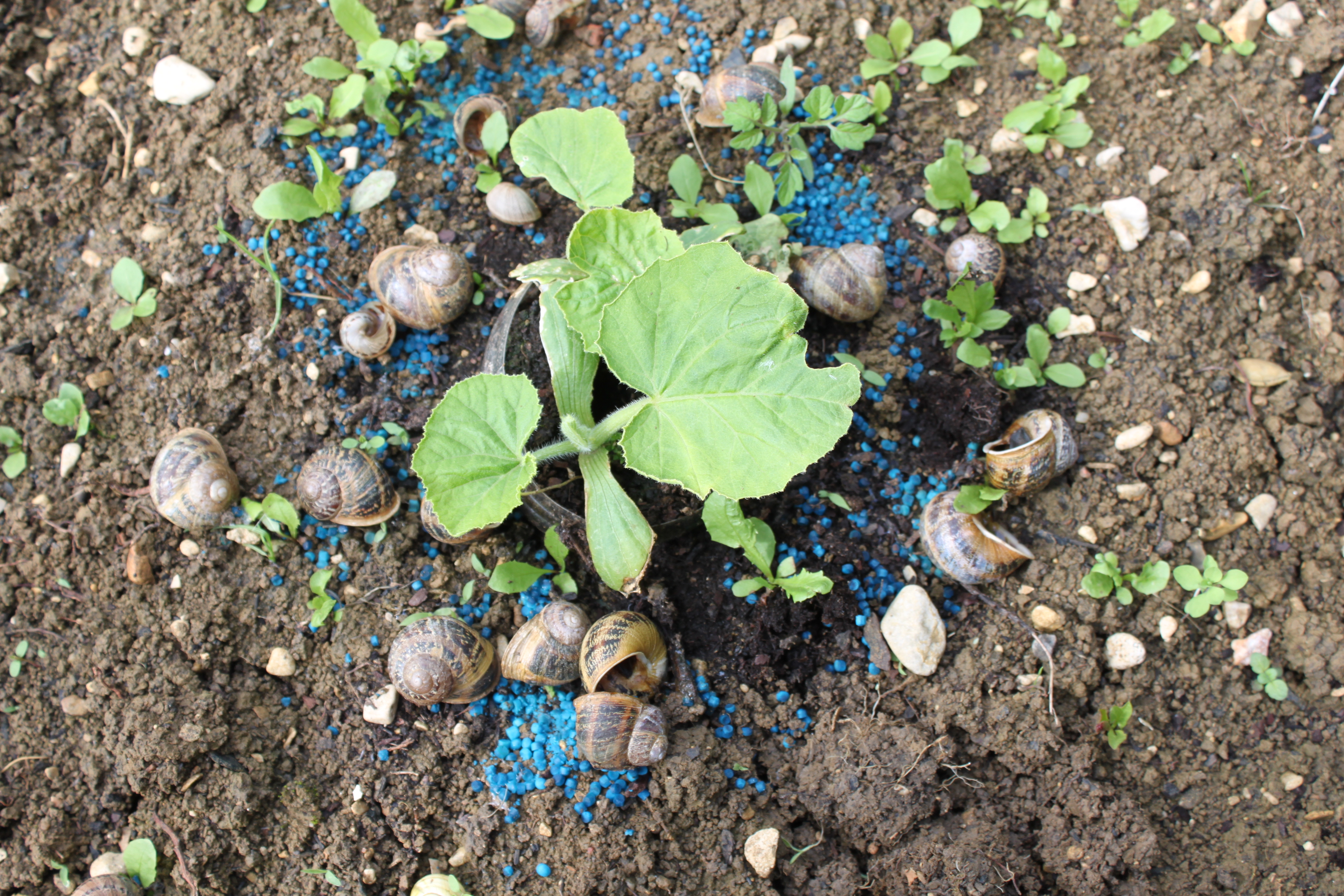|
Millettia Thonningii
''Millettia thonningii'' is a species in the genus ''Millettia''. It is a molluscicide plant. It contains the isoflavone alpinumisoflavone that is thought to be an antischistosomal Schistosomiasis, also known as snail fever, bilharzia, and Katayama fever, is a disease caused by parasitic flatworms called schistosomes. The urinary tract or the intestines may be infected. Symptoms include abdominal pain, diarrhea, bloody ... agent. References External links * * thonningii {{Millettieae-stub ... [...More Info...] [...Related Items...] OR: [Wikipedia] [Google] [Baidu] |
Heinrich Christian Friedrich Schumacher
Heinrich Christian Friedrich Schumacher (15 November 1757 in Glückstadt, Holstein – 9 December 1830) was a Danish surgeon, botanist and professor of anatomy at the University of Copenhagen. Schumacher carried out significant research work in malacology, in other words on molluscs, and described several taxa. Life Early years (1757-1778) He was born to Joachim Christian Schumacher, a sergeant in the infantry of the Duchy of Schleswig, and his wife, Caroline Magdalene in Glückstadt in present-day Germany. In spite of his family's limited means, he received a good upbringing, and was sent to grammar school in Rendsburg. After confirmation became the apprentice of the regiment surgeon, Mehl, a learned and skilled man, who gave his eager student a thorough introduction to both medicine and botany, thereby waking Schumacher's natural gift for science. By 1773, at the age of 16, his keen efforts got him appointed as a military surgeon with his father's battalion in the army statione ... [...More Info...] [...Related Items...] OR: [Wikipedia] [Google] [Baidu] |
John Gilbert Baker
John Gilbert Baker (13 January 1834 – 16 August 1920) was an English botanist. His son was the botanist Edmund Gilbert Baker (1864–1949). Biography Baker was born in Guisborough in North Yorkshire, the son of John and Mary (née Gilbert) Baker, and died in Kew. He was educated at Quaker schools at Ackworth School and Bootham School, York. He then worked at the library and herbarium of the Royal Botanic Gardens, Kew between 1866 and 1899, and was keeper of the herbarium from 1890 to 1899. He wrote handbooks on many plant groups, including Amaryllidaceae, Bromeliaceae, Iridaceae, Liliaceae, and ferns. His published works includ''Flora of Mauritius and the Seychelles''(1877) and ''Handbook of the Irideae'' (1892). He married Hannah Unthank in 1860. Their son Edmund was one of twins, and his twin brother died before 1887. John G. Baker was elected a Fellow of the Royal Society in 1878. He was awarded the Veitch Memorial Medal of the Royal Horticultural Society in 1907. ... [...More Info...] [...Related Items...] OR: [Wikipedia] [Google] [Baidu] |
Millettia
''Millettia'' is a genus of legume in the family Fabaceae. It consists of about 150 species, which are distributed in the tropical and subtropical regions of the world. The genus was formerly known by the name ''Pongamia'', but that name was rejected in favor of the name ''Millettia'', and many species have been reclassified. Due to recent interest in biofuels, ''Pongamia'' is often the generic name used when referring to ''Millettia pinnata'', a tree being explored for producing biodiesel. Description In 1834, in ''Prodromus Florae Peninsulae Indiae Orientalis'' Robert Wight and George Arnott Walker-Arnott describe ''Millettia'' as: Calyx cup-shaped, lobed or slightly toothed. Corolla papilionaceous: vexillum recurved, broad, emarginate, glabrous or silky on the back. Stamens diadelphous (9 and 1), the tenth quite distinct. Legume flat, elliptic or lanceolate, pointed, coriaceous, thick margined, wingless indehiscent, 1-2 seeded: valves closely cohering with each other ... [...More Info...] [...Related Items...] OR: [Wikipedia] [Google] [Baidu] |
Molluscicide
Molluscicides () – also known as snail baits, snail pellets, or slug pellets – are pesticides against molluscs, which are usually used in agriculture or gardening, in order to control gastropod pests specifically slugs and snails which damage crops or other valued plants by feeding on them. A number of chemicals can be employed as a molluscicide: * Metal salts such as iron(III) phosphate, aluminium sulfate, and ferric sodium EDTA, relatively non-toxic, also used in organic gardening * Metaldehyde * Niclosamide * Acetylcholinesterase inhibitors (e.g. methiocarb), highly toxic to other animals and humans, acts also as a contact poison Accidental poisonings Metal salt-based molluscicides are not toxic to higher animals. However, metaldehyde-based and especially acetylcholinesterase inhibitor-based products are highly toxic, and have resulted in many deaths of pets and humans. Some products contain a bittering agent that reduces but does not eliminate the risk of accidental ... [...More Info...] [...Related Items...] OR: [Wikipedia] [Google] [Baidu] |
Alpinumisoflavone
Alpinumisoflavone is a pyranoisoflavone, a type of isoflavone. It can be found in the bark of ''Rinorea welwitschii''. It can also be found in the molluscicide plant '' Millettia thonningii'' and is thought to be an antischistosomal Schistosomiasis, also known as snail fever, bilharzia, and Katayama fever, is a disease caused by parasitic flatworms called schistosomes. The urinary tract or the intestines may be infected. Symptoms include abdominal pain, diarrhea, bloody ... agent since it has been shown to kill the snails which transmit the schistosomiasis and also the larvae of the parasite itself. References Pyranoisoflavones {{aromatic-stub ... [...More Info...] [...Related Items...] OR: [Wikipedia] [Google] [Baidu] |
Antischistosomal
Schistosomiasis, also known as snail fever, bilharzia, and Katayama fever, is a disease caused by parasitic flatworms called schistosomes. The urinary tract or the intestines may be infected. Symptoms include abdominal pain, diarrhea, bloody stool, or blood in the urine. Those who have been infected for a long time may experience liver damage, kidney failure, infertility, or bladder cancer. In children, it may cause poor growth and learning difficulty. The disease is spread by contact with fresh water contaminated with the parasites. These parasites are released from infected freshwater snails. The disease is especially common among children in developing countries, as they are more likely to play in contaminated water. Other high-risk groups include farmers, fishermen, and people using unclean water during daily living. It belongs to the group of helminth infections. Diagnosis is by finding eggs of the parasite in a person's urine or stool. It can also be confirmed by ... [...More Info...] [...Related Items...] OR: [Wikipedia] [Google] [Baidu] |


